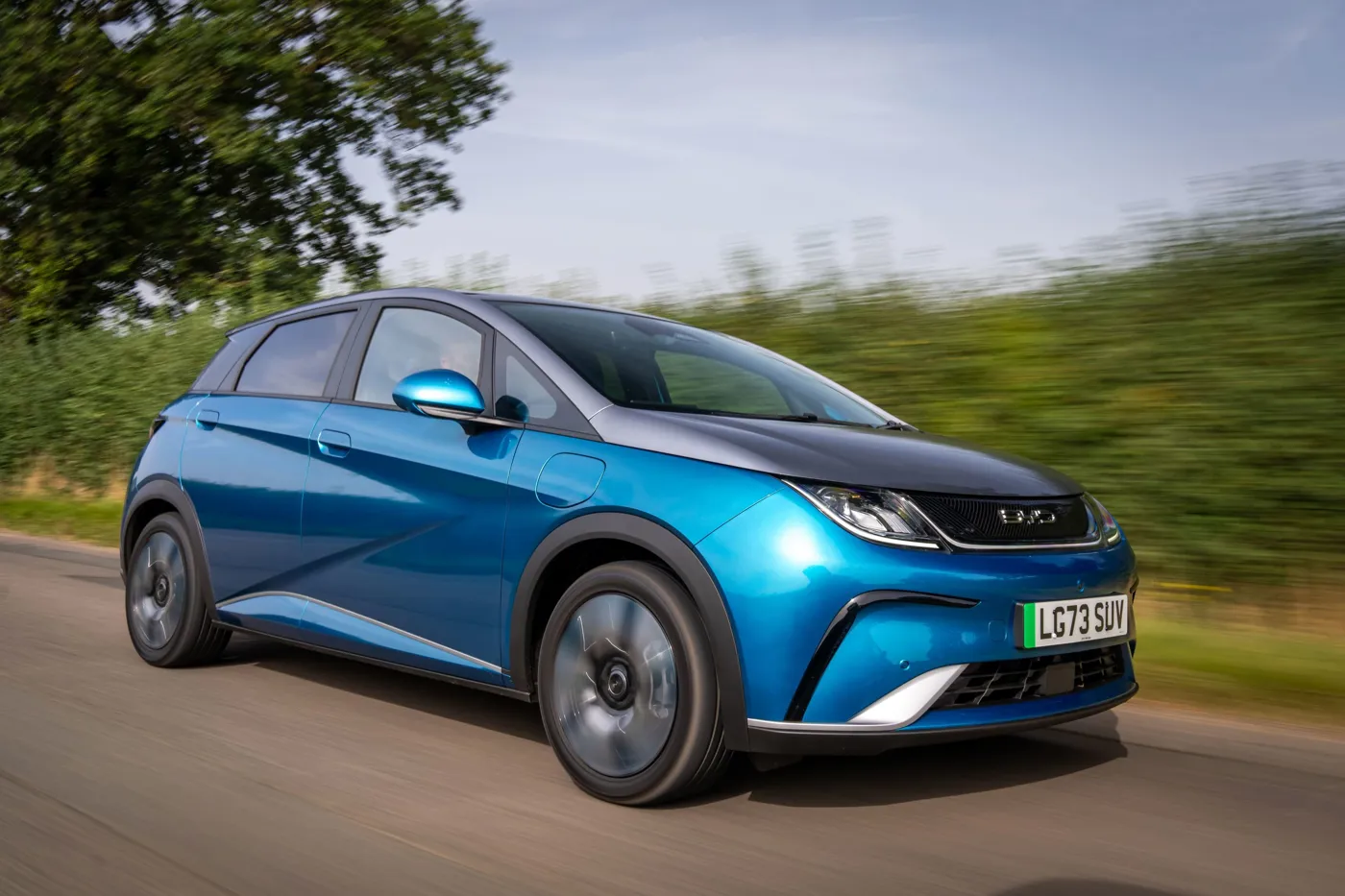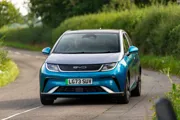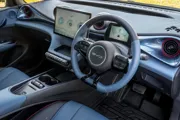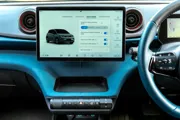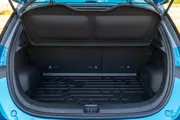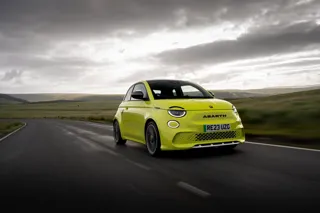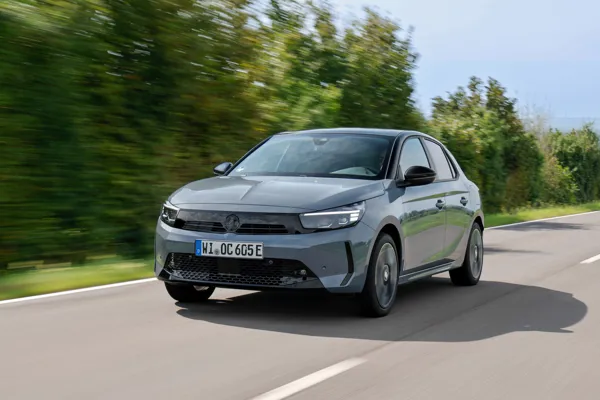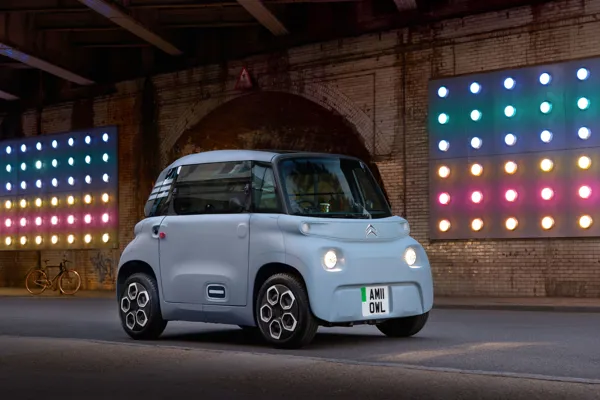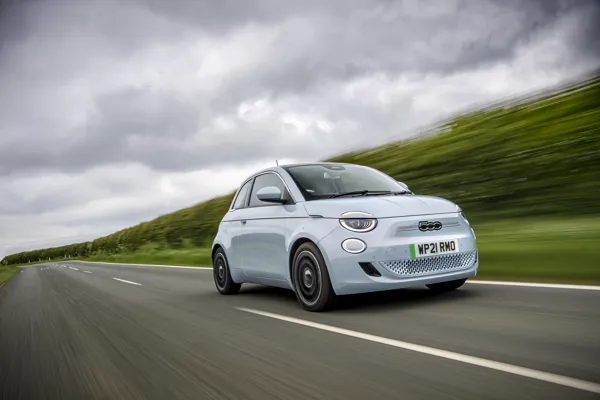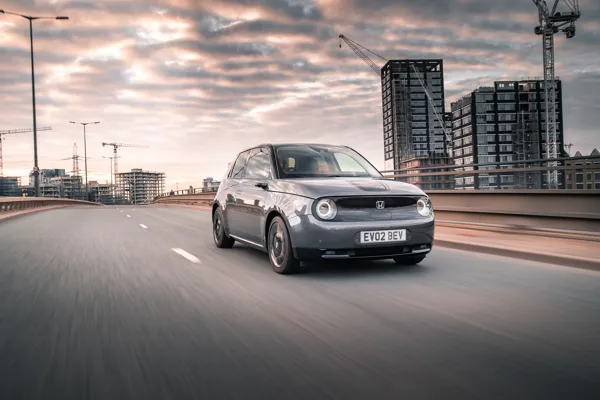Review
BYD unveils its third electric car in the space of six months with the Dolphin, a C-sector hatchback. Promising range of 265 miles with the 60.4kWh battery option, the Dolphin should widen BYD’s appeal in both fleet and retail sectors.
Overview
Hot on the heels of its first two full electric car launches in the UK comes BYD’s third model, the c-segment hatchback Dolphin.
Part of BYD’s (Build Your Dreams) Oceanic range, the Dolphin is available to order now and will be with the first customers in October. It follows the Seal sports saloon and the Atto 3 SUV.
In case you need a reminder of BYD’s sheer scale as a technological behemoth, it makes half of the world’s iPads, employs 35,000 engineers and technicians and had global BEV/PHEV sales of 1.86 million in the first six months of 2023 – a staggering year-on-year rise of 212%. It also makes every part of the car itself, apart from the tyres and windscreen, including all the electronics.
Four trim levels are available, starting with the £26,195 Active which comes only with a 44.9kWh battery and 95PS motor. It is equipped with 16-inch alloys, the L2 driving tech and 360-degree bird’s eye surround view. Rear suspension is the more rustic torsion beam which is the popular fitment for cars in China. It is unlikely to be the best choice for the UK’s pock-marked roads.
Boost, priced £27,195, is also limited to the 44.9kWh battery but with a more powerful 176PSkW motor. It adds 17-inch alloys and multi-link rear suspension for greater refinement.
Priced £30,195, Comfort comes with a 60kWh battery and 204PS motor with the addition of front parking sensors, six-speaker audio and heated front seats.
The range-topping Design, priced £31,695, adds dual-tone colour options, panoramic roof, rear privacy glass and wireless phone charger.
The top two trims (Comfort and Design) with the longer range 60.4kWh battery will be available first, with the lower two trims (Active and Boost) featuring a 44.9kWh battery to follow in Q1 2024.
BYD is anticipating lead times of just one month for all trim options.
Comfort and practicality
Pitched as a C-segment car with B-segment exterior proportions, the Dolphin aims to straddle two sectors for maximum appeal in the city and small family car markets. The smaller 44.9kWh battery is expected to attract urban drivers, with the 60.4kWh - shared with the Atto 3 - for those undertaking longer journeys.
Vegan leather seats are beautifully cushioned to provide excellent back, shoulder and head support, while the rear space is roomy for three adults, particularly the legroom. Boot space of 345 litres rises to 1,310 with the rear seats folded, making this a practical car for families.
While not having quite the same interior design flair as the Atto 3, the Dolphin’s cabin still stands out among the competitors, with eye-catching circular vents moulded into a sweeping dashboard surrounded by a mix of soft touch leathers and hard plastics. The internal door handles are shaped like dolphin flippers giving a touch of the oceanic.
Safety and technology
BYD is anticipating five-star Euro NCAP rating thanks to an extensive range of L2 automated assistance safety technology.
Standard spec includes forward collision warning, autonomous emergency braking, rear collision warning, rear cross traffic alert/brake, lane departure prevention and emergency lane keeping assist.
Infotainment and sat-nav is accessed via a 12.8-inch rotating touchscreen which offers portrait and landscape viewing options, while the ‘Hey BYD’ voice control is also standard.
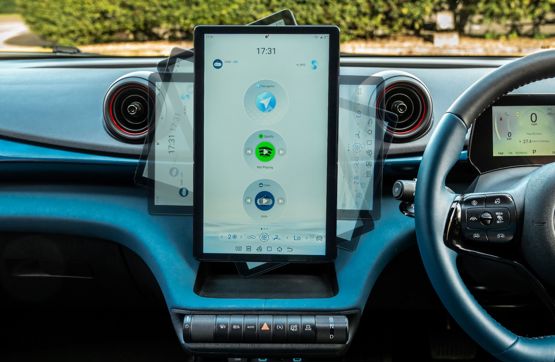
There’s lots to love about the Dolphin but one negative to flag is the lane keeping driver assistance which is far too aggressive (so much so that BYD’s product team switched it off prior to the test drive).
We switched it back on to test and found it to be constantly interfering with the drive, especially on country roads, with repeated forceful tugs on the steering wheel. We quickly turned it off.
Hopefully, this is something that BYD can resolve with a future software update.
Driveability and range
The multi-link suspension on our Design test car did a superb job of absorbing some pretty awful potholes on the test route, with excellent damping offering a polished drive. The chassis could be a little wallowy but nothing too unsettling.
The steering was direct with an instant response albeit with a hint of oversteer. Two steering modes can be selected: comfort and sport. Comfort results in light steering ideal for urban driving, while sport offers a stiffer experience. In reality, it comes down to personal choice (ours was sport).
As well as steering, BYD has individual settings for driving mode (sport, eco, normal which affect the accelerator response) and braking (sport, comfort) to give drivers a variety of options to suit their preferences and driving style.
There are also two options for regenerative braking – high and standard – but neither go anywhere near one-pedal driving. BYD is aiming the Dolphin at the mass market and customers who are used to driving petrol and diesel cars.
As a result, it has opted to develop a gentler regen but this could change in the future if required via over-the-air software updates.

Sitting on BYD’s scalable Platform 3.0 platform that underpins its two sister models, the Dolphin also features the Blade battery technology which consists of an array of singular cells protected within a sturdy battery pack.
BYD says Blade improves safety, rigidity and contributes to the structural of the body. It also takes up around half the space of a conventional modular cell.
Meanwhile an integrated heat pump – fitted as standard – acts as a direct cooling and heating system for the battery which increases the thermal efficiency by up to 15% in winter and results in a more dependable performance across a temperature range of -30 to +60 deg. C.
Combined range for the 60.4kWh battery is 265 miles which would require efficiency of 4.42mi/kWh. During our test drive on a variety of road types and speeds, we averaged 4.54mi/kWh in normal mode with little adherence to efficient driving – equivalent to 273 miles of range.
Driven more carefully, we expect 5mi/kWh to be possible, for an impressive theoretical range of 300 miles. BYD suggests that cold weather might only diminish range by around 5-10%, far less than other electric cars, but admits this is yet to be proven in real-world driving.
Interestingly, two efficiency modes can be displayed: standard is accurate over a longer period of time while dynamic shows the impact of the most recent driving style on range.
Range for the 44.9kWh battery is 211 miles for Active and 193 for Boost (lower due to the more powerful motor).
Company car tax and running costs
The Dolphin has been given competitive residual values of 50% for the Comfort over three years/60,000 miles (59% for 3yrs/30,000) and 49% for the Design (58% for 3yrs/30,000).
As a rough indicator, PCP terms are available at £299 per month for Comfort and £329 for Design, suggesting lease rates will put the Dolphin near the top of the class for value.
BYD UK head of sales Simon Bisp says the total cost of ownership will be “very close” to an equivalent ICE rival, although the company is yet to disclose full SMR costings or insurance groupings.
It has confirmed a six-year/93,750-mile warranty plus an eight-year/125,000-mile warranty for the drive motor and battery. Its confidence is based on a prediction of 6,000 cycles on the battery, equivalent to travelling more than one million miles if adding 180 miles on each charge.
BIK will sit at 2%, costing a 20% taxpayer just £10.56 per month for the range topping Design.
Charging speeds
The 60.4kWh battery is capable of DC charging up to 88kW, achieving a 30-80% fill in 29 minutes, with AC charging up to 11kW, while the 44.9kWh unit can be charged at 60kW DC (28 minutes 30-80%) and 7kW AC.
Specs
| Manufacturer | BYD |
| Model | |
| Specification | BYD Dolphin Hatchback 150kW Comfort 60.4kWh Auto |
| Model Year | 2023.00 |
| Annual VED (Road tax) | £0 |
| BIK List Price | £30,140 |
| CO2 | N/A |
| BIK Percentage | 2% |
| Insurance Group | N/A |
| CC | 1 |
| Fuel Type | Electric |
| Vehicle Type | Small car |
| Luggage capacity (Seats up) | 345litres |
Running Costs
| P11D | £30,140 |
| Cost per mile | 36.91ppm |
| Residual value | £14,850 |
| Insurance group | N/A |
| Fuel Type | Electric |
| Cost per mile | 94.54ppm |
| Fuel | 7.42ppm |
| Depreciation | 84.70ppm |
| Service maintenance and repair | 2.42ppm |
Rivals
Info at a glance
-
P11D Price
£30,140
-
MPG
N/A (WLTP) -
CO2 Emissions
N/A -
BIK %
2% -
Running cost
3 Year 60k : 36.91 4 Year 80k : £12,400 -
Fuel Type
Electric



